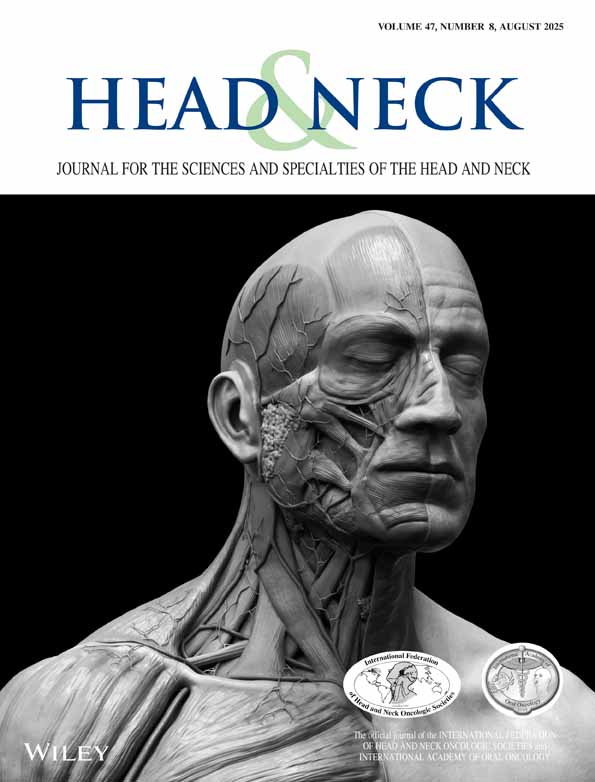Abstract
Background
The antiparathyroid antibody BB5-G1 conjugated to cibacron blue, a blue dye, was intravenously infused to enhance parathyroid visualization. Previously, we demonstrated selective staining of human parathyroid implants in athymic nude mice after infusion of the conjugate.
Methods
Mice possessing implanted parathyroid tissue were randomized into the following: group I, infused with cibacron blue alone; group II, infused with the antibody/dye conjugate; and group III, infused with radiolabeled BB5-G1 alone. Implants were surgically explored. Three blinded observers ranked parathyroid visualization in the operative fields, and corresponding histologic sections were computer analyzed.
Results
Group II implants were easily visualized; groups I and III showed no staining. Group III showed high gamma counts. Subjective rankings and computer rankings correlated well (p < .05). Group II showed a higher mean staining intensity of 27.45 picogram protein product (PPP)/cell compared with 7.76 PPP/cell of group I (p = .002).
Conclusion
Cibacron blue/BB5-G1 consistently enhances visualization of implanted parathyroid tissue. © 1999 John Wiley & Sons, Inc. Head Neck 21: 111–115, 1999.




